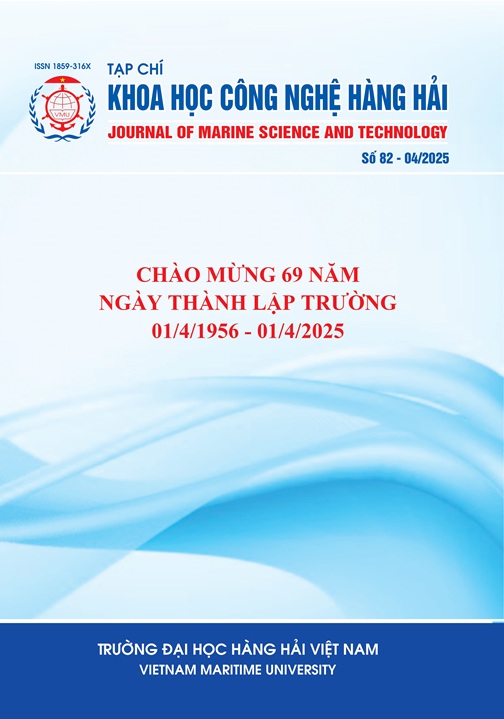Abstract
Currently, reducing carbon dioxide (CO₂) emissions is a top concern in the maritime transportation sector. To achieve the International Maritime Organization's (IMO) emission reduction target by 2050, numerous solutions have been researched and implemented, these include the use of new fuels, design modifications, efficient ship management and operation, as well as technological solutions for both newbuilds and existing vessels.
In this study, the authors introduce a technological solution: using a variable frequency drive (VFD) to control the seawater pump motor in the ship’s cooling system, aiming to reduce fuel consumption, which directly correlates to lower CO₂ emissions. This technological solution offers high economic efficiency while requiring minimal structural modifications to the system.

